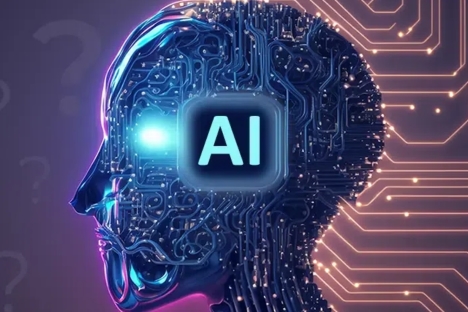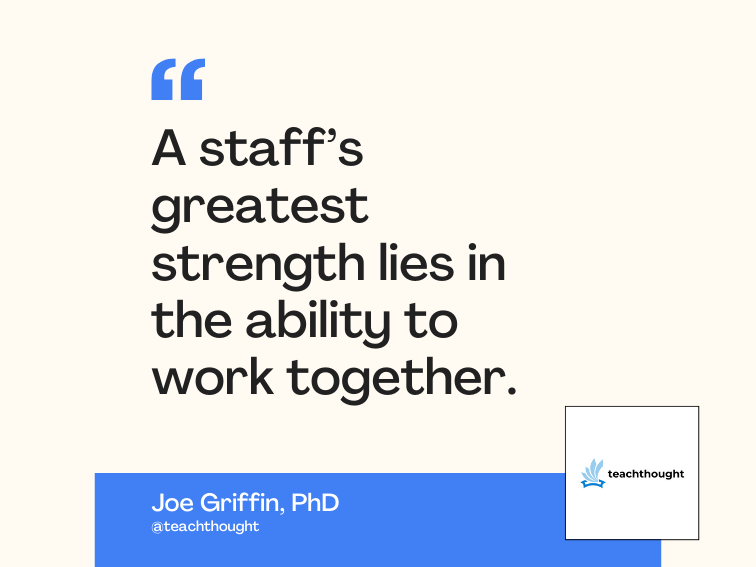Transforming e-business: E-services
HP’s Java-based E-speak development framework aids in developing dynamic e-services
There is no denying that leveraging the Internet to streamline corporate business processes has resulted in dramatic gains, introducing efficiencies in both B2B (business-to-business) and B2C (business-to-consumer) transactions. Most of today’s e-business implementations, however, are little more than automation extensions of traditional processes: hard-wired relationships and corporate partnerships forged to meet a common but predefined goal.
TEXTBOX:
TEXTBOX_HEAD: The Bottom Line
HP’s E-speak development framework for e-services
Business Case
E-speak-enabled e-services allow companies to partner with third parties on the fly in order to maximize their offerings and services without costly integration requirements. With E-speak’s modular framework for e-services, companies can leverage existing assets quickly while increasing accessibility.
Technology Case
The E-speak framework is currently the most comprehensive set of building blocks for creating dynamically interactive e-services. Good security implementation protects resources in transit and at rest. Support for broad standards ensures interoperability with existing development efforts.
Pros
- Open source
- Good integration with existing and competing standards
- Incorporation of existing languages
Cons
- Framework and tools in early stages of development
- Competing standards from industry heavyweights could prevent widespread adoption
:END_TEXTBOX
Now what if these same business processes could be formed more dynamically? Or what if they could be given a modular dexterity that would enable the creation of electronic marketplaces in which anyone and everyone could securely access and integrate services, on the fly, to accomplish a task or fill an order?
That day is closer than you think. The Internet continues to transform e-business, and e-services are the next major business model, providing a dynamic means of buying and selling services and wares with neither a predefined relationship nor user invocations via a Web browser.
For the moment, Hewlett-Packard is closest to delivering on the e-services promise. The company’s e-services development framework, called E-speak, represents the most cohesive and comprehensive set of building blocks available for developers looking to turn assets into readily available e-services over the Internet. Furthermore, HP’s commitment to open source distribution positions E-speak as possibly the most viable contender in this budding technology space.
We took a look at the latest developer’s release of E-speak, Developer Release 3.03, and found a kit that provides only a rudimentary set of tools and templates to get the ball rolling. Management tools, too, are still lacking capabilities necessary for immediate enterprise-scale viability; integration with third-party management tools is also as yet absent. But the groundwork has been laid, and most of what is currently lacking has already been slated for future releases.
What exactly are e-services? E-services represent self-contained, Internet-based applications capable not only of completing tasks on their own, but also possessing the capability to discover and engage other e-services in order to complete higher-level transactions.
Through a common vocabulary and a published directory of capabilities, e-services can automatically search and locate other e-services to complete a process without human intervention. As a result, e-services increase competition, broaden distribution channels, lower costs through easier outsourcing, and ease the integration efforts required to implement value-added partnerships.
For individual companies, the ability to advertise a service’s capabilities to other services, both internal and external to the organization, affords high visibility and a marketplace-style environment for outsourcing that can quickly enhance company offerings, extend the scope of existing assets, and increase revenue.
And since e-services are positioned as unbundled resources rather than all-encompassing applications, they provide a modular, self-contained functionality that can be brought to market quickly and updated readily as business strategy dictates.
Furthermore, e-services make e-business assets more accessible. No longer do customers need to visit a merchant’s Website to engage their services. E-services are being created to run on any device, anywhere, each one capable of triggering requests that set into motion a chain reaction of services devoted to a common goal — in effect, enabling outsourcing on demand.
Many e-services are already cropping up behind the scenes in Web-based applications. For example, UPS’s package tracking, MapQuest.com’s driving directions, and even some banking and brokerage firms’ services are now externally accessible.
Although the benefits of their services-based approach may seem clear-cut, these forerunners of nascent e-services integration confront a common problem: the lack of a universal means of intercommunication among e-services.
Widespread e-services integration will require the implementation of a common framework such as that found in HP’s E-speak, which provides a vocabulary and interface that aid in bridging the discovery and communication between disparate applications across the Internet.
Of course, HP is not the only company pushing an e-services framework. In fact, HP faces a tough climb to acceptance, particularly in light of recent announcements of IBM’s and Microsoft’s joint support of comparable structures such as UDDI (universal description, discovery, and integration) and SOAP (Simple Object Access Protocol) for facilitating the interaction of e-services.
Under the hood
E-speak provides an open platform for building distributed, open systems for widespread, service-oriented brokering and delivery over the Internet. Based on open standards, E-speak is a framework for development and deployment with many benefits to e-services: introspection and self-registration; advertising of service capabilities; security, protocol, and transport mechanisms; and brokering, management, and monitoring. Together, these capabilities allow one service to autonomously seek out and employ other services.
The E-speak software platform is comprised of a core Java-based Service Engine and a Service Framework Specification (SFS) that together supply a blueprint API for service creation and wrapping. The E-speak network object model supports programming languages like C++ and Java, an XML-based document object model, and compatibility with pervasive object models like CORBA, Enterprise JavaBeans, and DCOM (Distributed Computing Environment), delivering uncompromised deployment independence.
The E-speak engine adds secure message routing between client and service, even across firewalls, delivering end-to-end security between the application and the service handler. And because the engine runs on any machine that supports a Java Virtual Machine, e-services can be deployed in a highly distributed manner.
Advertising and discovery
One of the most important features of e-services will be its ability to advertise your services to other services. The E-speak platform establishes a universal language with common vocabulary that is published, along with introspective details of your service offerings, such as cost and billing, input/output specifications, and communication protocols to local repositories and other market-relevant E-speak engines on the Internet. Then, through E-speak’s dynamic brokering capabilities, e-services can search, locate, and negotiate with other e-services beyond the local core, regardless of underlying technology.
The entire process is handled automatically and transparently to end users, who see only the final outcome — namely, a wealth of new services that enrich their vendor’s business offerings.
See related illustration, “HP’s vision: E-speak-enabled e-services will run on any device, anywhere.”
Open platform
Importantly, HP is not attempting to exclude anyone from playing on this new field. E-speak adopts interoperability mechanisms including standards such as BizTalk, RosettaNet, and CommerceNet.
E-speak implements a number of additional security requirements essential to opening enterprise-scale e-services to third parties, including firewall negotiation, solid support for key-based encryption, and maps between virtual and actual handler implementation references protecting the anonymity of the requester.
Although still immature, HP’s offering remains, by far, the most advanced e-services effort available to date. HP has a number of system integration partners and professional services available to help jump-start your developers’ efforts, and its open source licensing arrangement makes E-speak a potential hotbed for new developers.
Regardless of which standard evolves to become the dominant force in the marketplace, the e-services movement will help drive new revenue streams and create improved business efficiencies that will benefit businesses and consumers in the next phase of e-business.
Available free from the HP Web site, E-speak is definitely worth exploring while the e-services infrastructure marketplace continues to develop.




